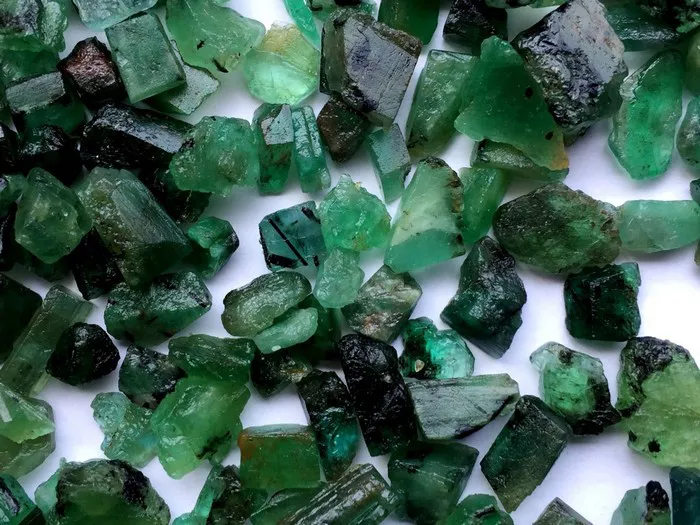When it comes to choosing a diamond or gemstone, the cut is a crucial factor that significantly impacts its beauty and brilliance. One of the most elegant and timeless cuts is the emerald cut. Renowned for its distinctive appearance and understated elegance, the emerald cut continues to captivate jewelry enthusiasts around the world. In this article, we will delve into the intricacies of the emerald cut, exploring its history, characteristics, and why it remains a popular choice for engagement rings and other jewelry pieces.
Understanding the Emerald Cut
The emerald cut is a rectangular or square-shaped cut with cropped corners, characterized by its step-cut faceting. Unlike brilliant cuts, such as the round or princess cut, which feature numerous facets to enhance sparkle, the emerald cut has fewer facets, typically around 50 to 58. This minimalist approach to faceting results in a more subdued sparkle but emphasizes the diamond’s clarity and depth.
History of the Emerald Cut
The origins of the emerald cut can be traced back to the 16th century when diamond cutting began to evolve in Europe. Initially used for cutting emeralds (hence the name), the cut was later adapted for diamonds due to its ability to enhance the beauty of step-cut stones. However, it wasn’t until the Art Deco period in the 1920s and 1930s that the emerald cut rose to prominence, thanks to its clean lines and geometric elegance, which complemented the Art Deco aesthetic.
What Does Emerald Cut Mean?
Elegance: The emerald cut is renowned for its understated elegance and sophistication. Its clean lines and minimalist faceting highlight the stone’s natural beauty, making it an ideal choice for those who prefer a refined and timeless look.
Clarity: Due to its large, open table (the flat top of the diamond), the emerald cut showcases the diamond’s clarity more than any other cut. This makes it an excellent choice for diamonds with higher clarity grades, as any imperfections are more visible in this cut.
Versatility: The emerald cut is highly versatile and can complement a variety of settings and styles. Whether set in a classic solitaire setting or surrounded by smaller accent stones in a halo setting, the emerald cut exudes elegance and sophistication.
Size: The elongated shape of the emerald cut can create the illusion of a larger diamond, making it a popular choice for those looking to maximize size without compromising on quality.
Vintage Appeal: The emerald cut’s association with the Art Deco era gives it a timeless, vintage appeal that continues to attract those who appreciate classic, heirloom-quality jewelry.
Why Choose an Emerald Cut?
Unique Beauty: The emerald cut’s distinctive appearance sets it apart from other diamond cuts, making it a unique and eye-catching choice for those who want a one-of-a-kind piece of jewelry.
Timeless Elegance: The emerald cut’s classic, sophisticated look transcends trends, ensuring that your jewelry will remain stylish and relevant for years to come.
Clarity Emphasis: If you value clarity in a diamond or gemstone, the emerald cut is an excellent choice, as its minimalist faceting allows the stone’s clarity to take center stage.
Versatility: Whether you prefer a modern or vintage look, the emerald cut can be adapted to suit a variety of styles and settings, making it a versatile choice for any jewelry collection.
Conclusion
In conclusion, the emerald cut is a timeless and elegant choice for those seeking a diamond or gemstone that exudes sophistication and style. Its unique characteristics, including its understated beauty, emphasis on clarity, and versatility, make it a popular choice for engagement rings, earrings, and other jewelry pieces. Whether you’re drawn to its vintage appeal or its timeless elegance, the emerald cut is sure to make a statement and stand the test of time.


